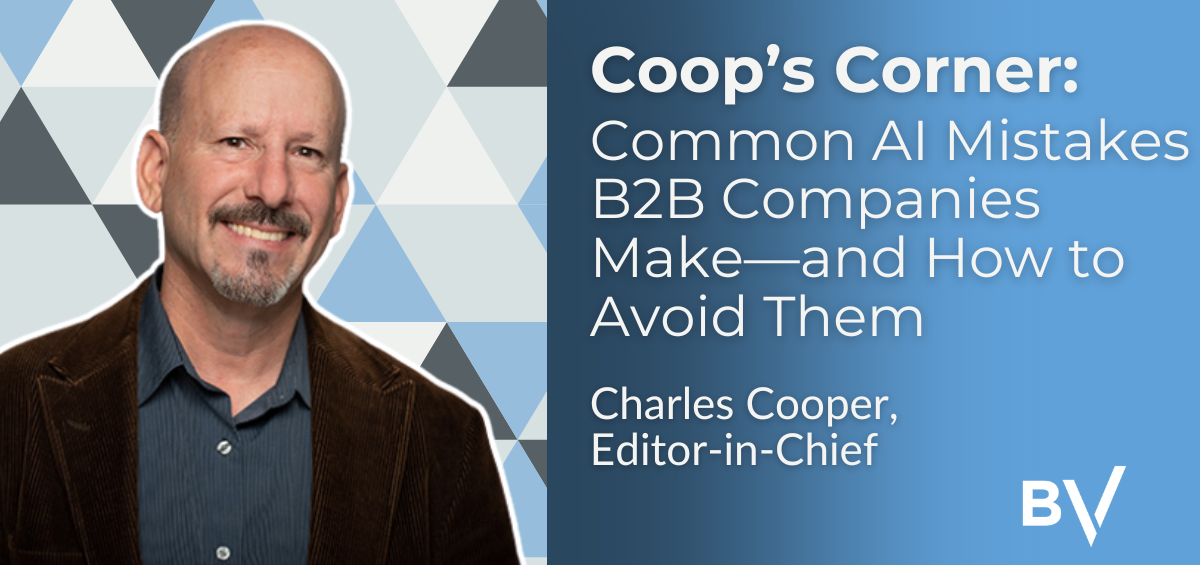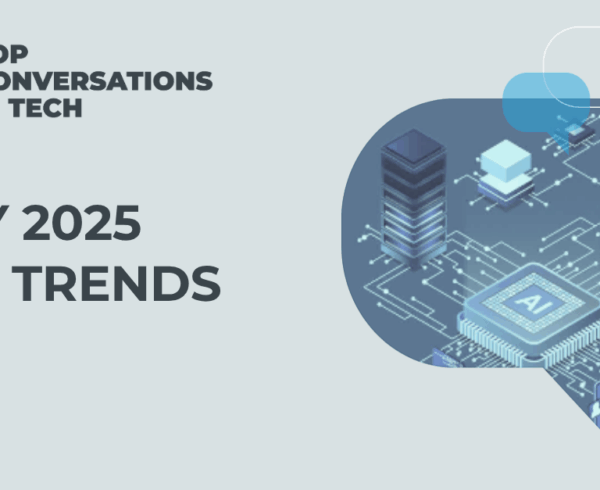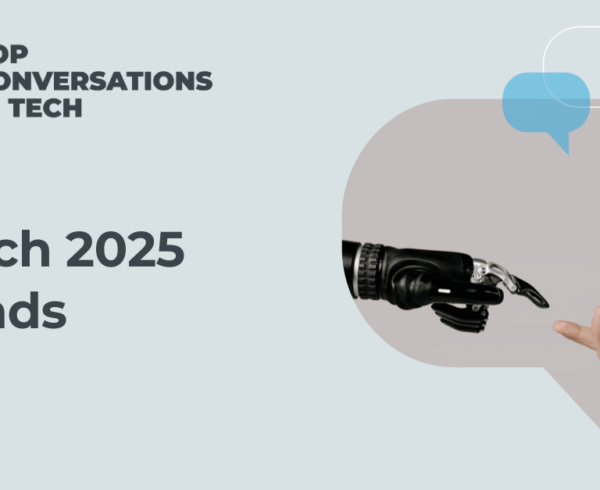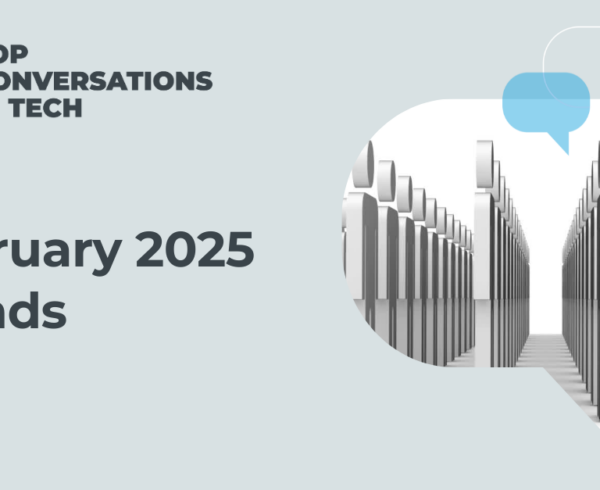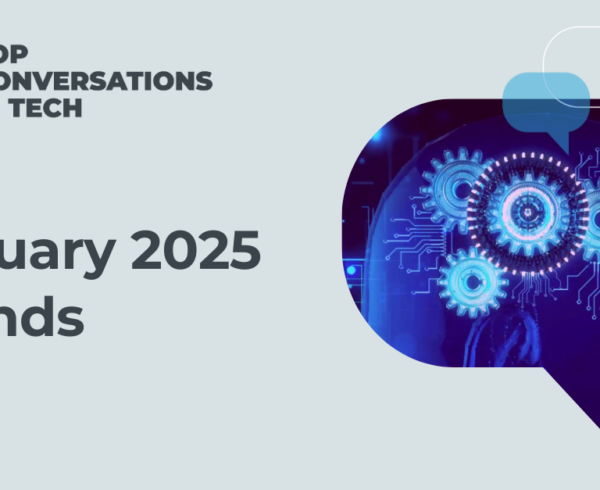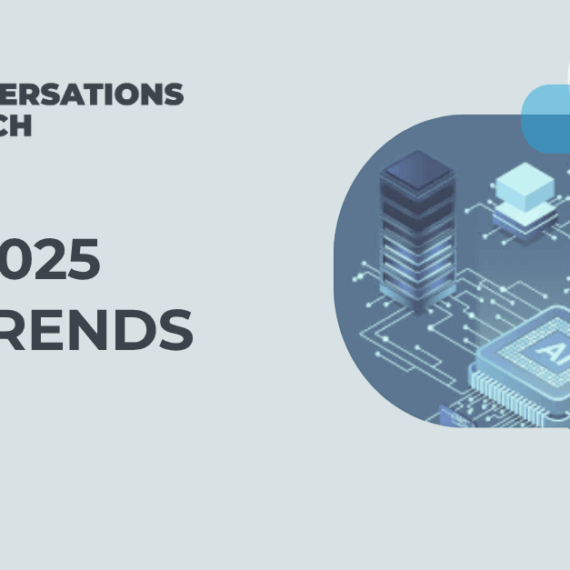By Charles Cooper
B2B tech companies face unique challenges when incorporating AI into their content strategies. However, they often make things more difficult by committing a few common missteps. Let’s explore where things typically go wrong.
Over-Automating Without a Human Touch
In B2B, where building relationships and trust is critical, you can’t afford to sound impersonal or disconnected. Yet, when companies lean too heavily on AI for content creation and engagement, the result is messaging that feels robotic and generic.
While AI can generate content quickly and efficiently, it often lacks the depth, empathy, and personalization that B2B buyers value. These buyers expect content that resonates with human challenges and provides personal insights –– especially when they’re making complex, high-stakes decisions.
The fix? Don’t cede full control of your content creation to AI. Use it to handle tasks like data analysis, summarization, and SEO, but ensure human expertise remains central to your strategy. That’s how you keep your content relevant, personal, and—most importantly—authentic.
Relying Too Much on AI for Personalization
Here’s where some B2B companies stumble: they assume AI can handle all the heavy lifting when it comes to personalization, segmentation, and targeting—with little to no human input.
While AI can assist with these tasks, it’s not a magic solution. It lacks the deep understanding and nuance that humans bring. In B2B, where sales cycles are long and involve multiple decision-makers, AI alone cannot fully grasp the complex needs of your customers in the same way a real person can.
Instead, use AI to enhance what your team is already doing. Combine AI-driven insights with human expertise to tailor your content –– not just to broad customer segments, but to address specific pain points of different industries, stages of the buying process, and the needs of individual stakeholders. That’s how you build meaningful connections.
Ignoring Thought Leadership
Thought leadership is essential for building credibility and trust in B2B. But low-quality, high-volume content won’t cut it. Unfortunately, many B2B companies lean too heavily on AI to produce quick, surface-level content. While AI can help with routine tasks like creating informational or educational content, descriptions of solutions, or pricing information, relying solely on AI means losing the depth and original insights that matter.
So, let AI handle the repetitive tasks –– like summarizing reports or optimizing for SEO –– but leave thought leadership to your subject matter experts. Human expertise is crucial for providing unique perspectives and real industry insights. AI cannot replace that.
Misapplying AI Insights Without Context
B2B companies often use AI analytics to shape content strategy without fully understanding the data or considering the bigger picture. While AI can highlight trends and patterns, it won’t explain why those things are happening or how they fit into your industry’s larger context.
If you follow AI’s recommendations blindly –– like focusing only on top-performing keywords—you may end up with content that’s generic and disconnected from what your customers truly need.
The solution? Treat AI insights as pointers, not hard rules. Marketers must blend AI-driven data with their own industry expertise to craft a content strategy that resonates with their niche audience. You can’t skip the human touch. Someone still needs to interpret the data and make smart, strategic decisions.
Neglecting Content Diversity
Another mistake: allowing AI-generated content to become too predictable and formulaic. This results in repetitive content that fails to engage the wide range of stakeholders involved in decision-making.
In B2B, decisions are rarely made by just one person. You have people from finance, IT, operations –– each with their own concerns and preferences. Relying too heavily on a single content format, like blog posts or product updates, means you’re missing opportunities to engage everyone.
Not everyone wants to read a blog. Some may prefer videos, podcasts, or detailed case studies. The fix? Diversify. Use AI to determine which content formats your audience prefers, but ensure you’re producing a variety of content types, such as videos, webinars, interactive tools, and in-depth reports. This way, you’ll have something for every decision-maker in the buying process.
Measuring Long-Term Impact
Avoid the temptation to focus only on short-term wins. AI can optimize for immediate metrics like clicks or form submissions, but that won’t show you how your content is performing over the long term.
In B2B, the sales cycle is long, and building relationships takes time. If you’re only chasing short-term metrics, you’ll miss the opportunity to create content that nurtures leads throughout a more extended decision-making process.
Sure, use AI for short-term optimizations, but don’t forget to track metrics that matter in the long run—such as customer engagement, lead nurturing success, and conversion rates. Human insight will be crucial for understanding the broader impact of your content and ensuring it aligns with your long-term business goals.
Use Your Head
AI is a powerful tool, but it needs to be used smartly. The best strategies strike a balance: by all means, use AI to streamline workflows and surface insights, but always lean on human creativity, empathy, and expertise to craft thoughtful, engaging content that resonates with a sophisticated audience.
Otherwise, you risk wasting a lot of money with little return.

